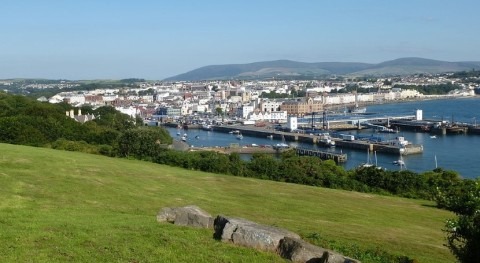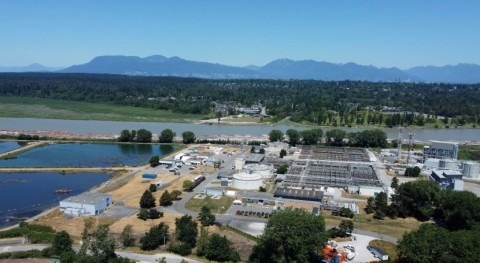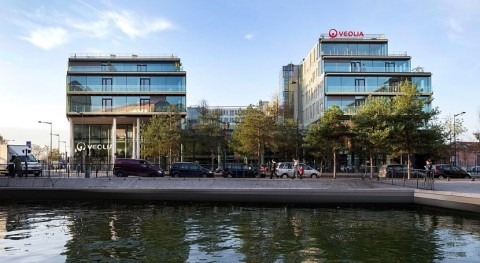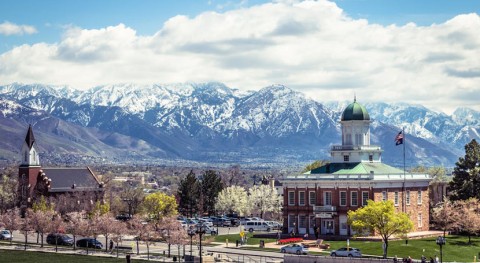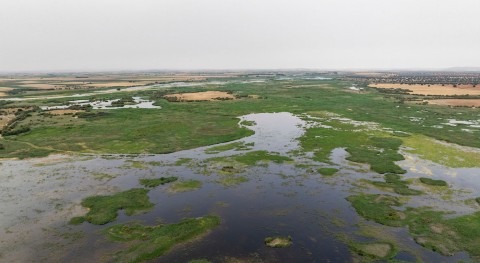A major restoration project around Loch Katrine is underway to stop Glasgow’s tap water from turning brown during periods of extreme rainfall. The loch, located in the heart of Loch Lomond and The Trossachs National Park, is the source of drinking water for 1.3 million people in and around the city. However, the surrounding peatland has become degraded, leading to soil and organic matter being washed into the loch and affecting water quality.
Increased rainfall, a consequence of climate change, is accelerating the erosion of peat and flushing plant particles into the water. This organic run-off is difficult and costly to remove and can impact the taste, smell, and safety of the water. If untreated, it can carry bacteria and the cryptosporidium parasite, posing health risks.
As part of our net-zero ambitions, we're trying to reduce inputs of natural organic matter - which is really complex to treat
Scottish Water’s general manager for net-zero Elise Cartmell said, “This natural organic matter is really complex to treat and we're having to use energy and chemicals. So, as part of our net-zero ambitions, we're obviously trying to reduce, as much as possible, these inputs.” She added that the problem is widespread, with water catchments across Scotland “on life support”, reports the BBC.
In partnership with Forestry and Land Scotland, Scottish Water has begun restoring around 400 hectares of peatland and plans to create over 4,600 hectares of native woodland through rewilding. These efforts will help lock away up to one million tonnes of carbon over the next 60 years and improve biodiversity by 40%.
Work includes rewetting and reshaping the peatland, and encouraging sphagnum moss growth to slow water run-off. In addition to the restoration efforts, advanced monitoring systems have been set up on the peatland and in Loch Katrine to measure water quality in real time.
Professor Peter Hunter from the University of Stirling noted that these monitoring systems provide critical data. “It tells us something about land management in the catchment around Loch Katrine and the impact of some of the nature-based solutions that Scottish Water are implementing but it's also very helpful to verify some of the data we receive from space.”





